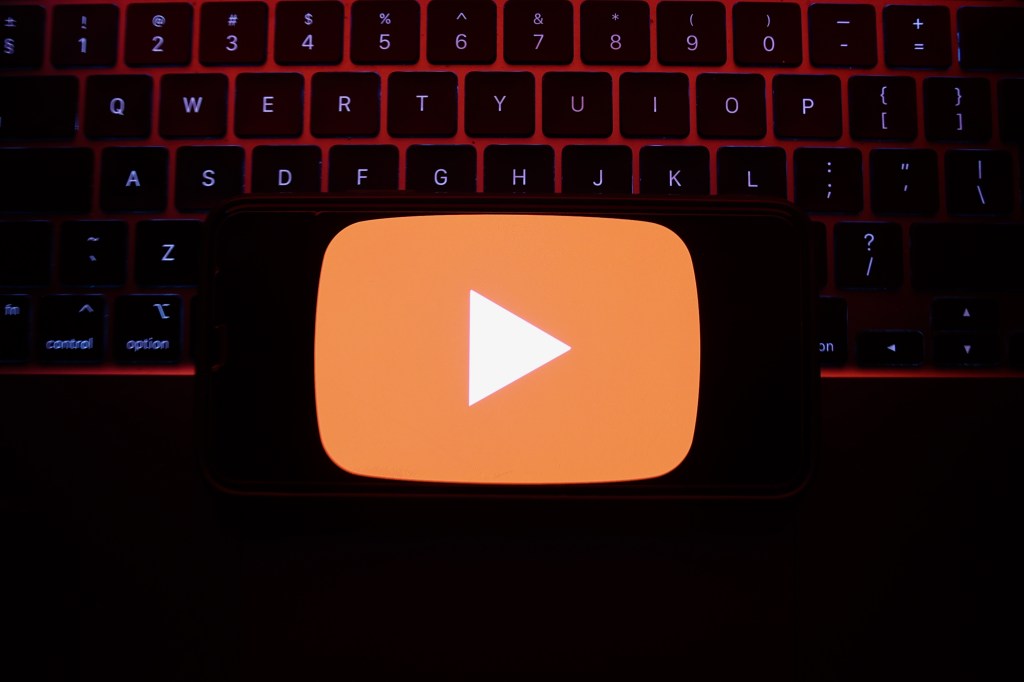Climate change will irrevocably continue to hit environments and populations in developing countries the hardest for the foreseeable future, but these locations are often the ones least well equipped to deal with its effects.
In Bangladesh, a country very vulnerable to climate change, cellular network outages are a major problem, especially after flooding or detrimental weather. This can lead to delayed evacuation, hindered search and rescue, or even just the inability to talk with friends and family.
Videos by VICE
Radio already plays a large part in negating the impact of poor cellular networks in Bangladesh and other countries. But IBM has a new system that it hopes can further bolster communications networks in times of crisis. Together with recently-acquired subsidiary the Weather Company, IBM researchers have created a way to use mobile phones as individual nodes for communication without cell signal—a method known as mesh networking.
The system will be available for people to use later this month in India, then select countries after that. It comes in the form of an update to The Weather Channel’s free Android app, available on the Google Play store.
IBM’s mesh network technology uses the phone’s built-in radio hardware to make peer-to-peer connections with other nearby devices, and send government emergency alerts from device to device. This signal is transmitted across a series of devices, allowing people to stay informed even when the cellular or Wi-Fi signal goes down. IBM said its mesh network thrives on more devices joining in with communication, unlike cellular networks that become flooded when too many people try to use them at once. While communication with the outside world may be stunted, a daisy-chain of networked devices can stay connected and continue to pass along information.
The team behind the app is actively working with national meteorological services around the world to help broadcast government-issued severe weather alerts even if a country’s existing infrastructure has been affected, IBM said in a statement this week. Usually, a government-issued message is broadcast via cell tower to all devices within its range. But if that network goes down, so does the ability to send alerts.
An IBM spokesperson told Motherboard over the phone today that India was chosen as the first market for the mesh networking technology as The Weather Channel’s weather app is already a popular choice amongst smartphone users in the country, and that its population is open to the idea of community wireless mesh network projects.
Mesh networking is not new. It’s been used in a variety of applications, such as military networks, for years. Mesh networking with smartphones has also been used to varying levels of success already, being used in protests such as the Arab Spring and Hong Kong’s mass protests in 2014. Wi-Fi mesh networks are even becoming a popular option in private homes, boosting signal strength and getting rid of dead zones.
But the new app from IBM and the Weather Channel puts mesh networking right into the hands of users who already own smartphones.
The mesh networking capability will be rolled out for Indian users of the app on February 24, before arriving in Bangladesh, and 40 other countries later this year, an IBM spokesperson told Motherboard over the phone today. The company’s peers, such as Google and Facebook, are already attempting to win over users in developing countries with networking boons like drones and balloons, but heading direct to user’s smartphones appears a logical way to connect the unconnected.




